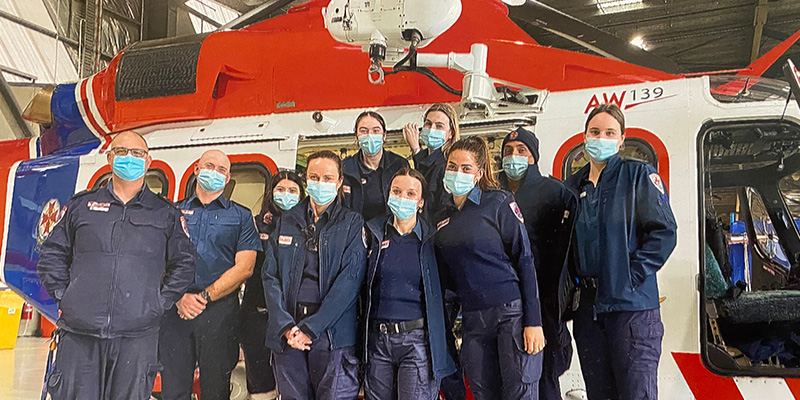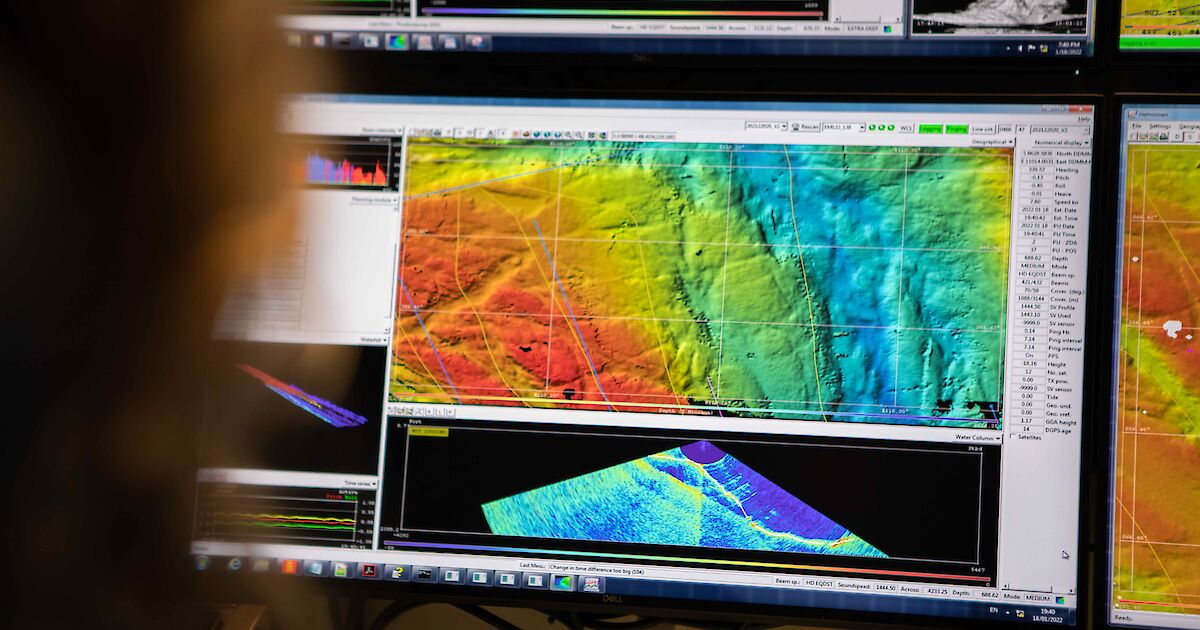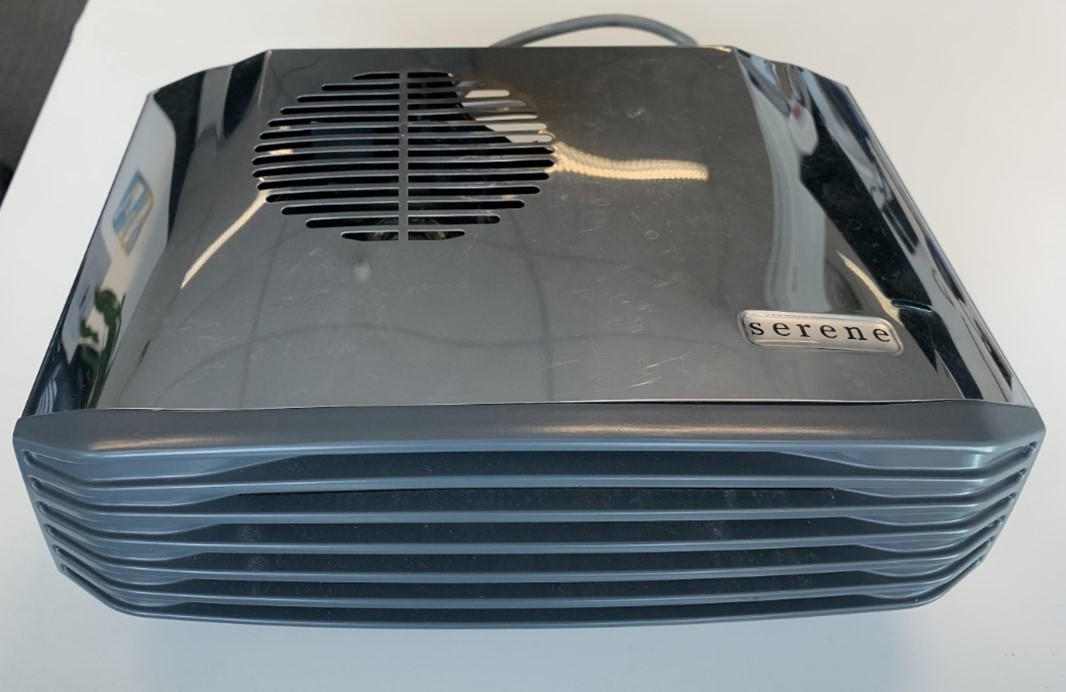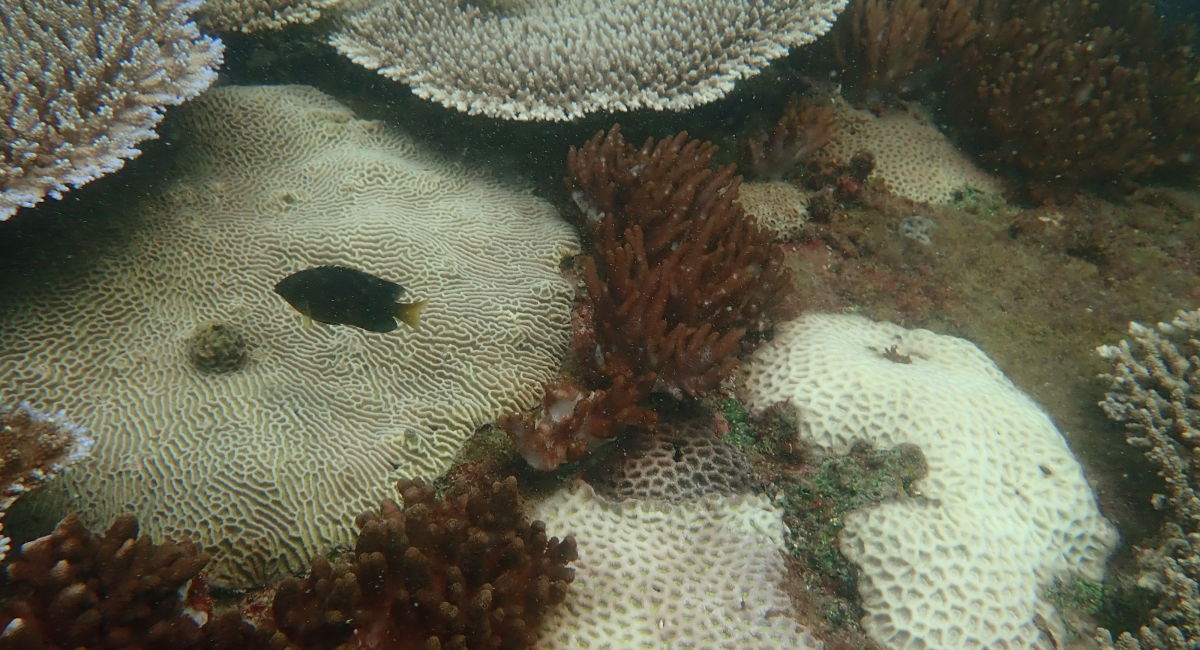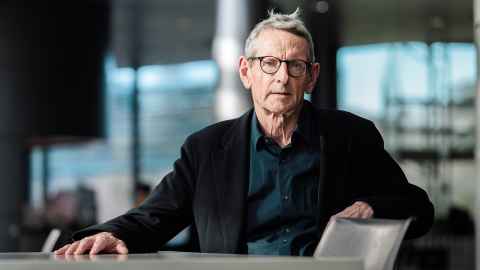
Uncertainties created by the COVID-19 pandemic around the longer-term use of the traditional office are well documented.
And despite Burnet’s leading role in the global COVID-19 response over the past 28 months, the Institute shares the challenge that many businesses face of how best to manage the return to work on-site of staff and students accustomed to working from home.
In Burnet’s case, this is despite extensive renovations of 1900 square metres of space at the Institute’s Melbourne headquarters.
Carried out during lockdown between March and July last year, the renovations by interior architecture firm Studio Tate provide more natural light, dedicated sit-stand desks for 160-plus staff and students, and table heights, touch points and thoroughfares designed to be accessible to all.
“Like all research agencies, we are ultimately a creativity business, we need an environment that fosters that sort of thinking and collaboration,” Burnet Director and CEO Professor Brendan Crabb AC told the Australian Financial Review.
“Our previous facilities hampered rather than helped facilitate those interactions.”
Burnet Chief Operating Officer Mark Tennent told the Australian Financial Rreview that while timing for the renovations “while people were disconnected” was good, there’s been a culture change among staff and students.
“We’re probably only about 30 per cent in terms of regulars coming back [at least three days],” Mr Tennent said.
“We were keen to open up again in May. We had planned to do certain activities – like pizza on Friday – but we’ve held off on that, given anxieties [such as riding] on public transport.
“We do know that there are staff who are quite comfortable working from home… They’re saying, ‘I’ve been effective for two years, why do I need to come back in?'”
Mr Tennent said the “changed reality” would help to inform the Institute’s planning and workplace needs ahead of its move to new premises in Parkville as a member of the Australian Institute for Infectious Disease later this decade.
Click here to read the full article in the Australian Financial Review.

